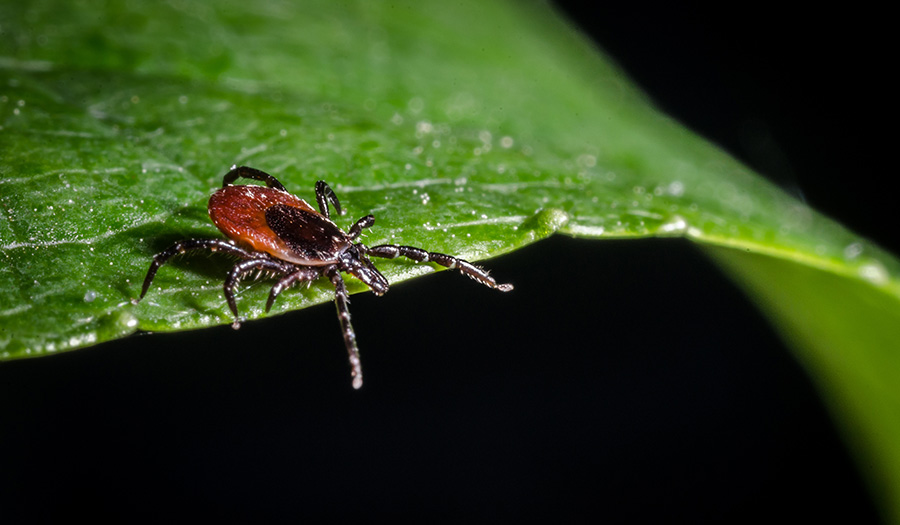 Getty Images
Getty Images
World News Desk
Learn the why behind the headlines.
Subscribe to the Real Truth for FREE news and analysis.
Subscribe NowThe incidence of tickborne infections in the United States has risen significantly within the past decade, according to a new commentary in the New England Journal of Medicine from leading scientists at the National Institute of Allergy and Infectious Diseases, part of the National Institutes of Health.
Bacteria cause most tickborne diseases in the United States, with Lyme disease representing the majority (82 percent) of reported cases. Although there are likely many factors contributing to increased Lyme disease incidence in the U.S., greater tick densities and their expanding geographical range have played a key role, the authors wrote.
For example, Ixodes scapularis—commonly known as the deer tick—is the primary source of Lyme disease in the northeastern U.S. It has been detected in nearly 50 percent more counties by 2015 than was previously reported in 1996. Although most cases of Lyme disease are successfully treated with antibiotics, 10 to 20 percent of patients report lingering symptoms after effective antimicrobial therapy.
Tickborne virus infections are also increasing and could cause serious illness and death. For example, Powassan virus (POWV), recognized in 1958, causes a fever that can be followed by progressive and severe neurologic conditions, resulting in death in 10 to 15 percent of cases and long-term symptoms in as many as 70 percent of survivors. Only 20 U.S. cases of POWV infection were reported before 2006; 99 cases were reported between 2006 and 2016.
The U.S. Centers for Disease Control and Prevention reports approximately 30,000 cases of Lyme disease annually in the U.S. but estimates that the true incidence is 10 times that number.
The authors suggest healthcare providers should advise their patients to use basic prevention techniques: wear insect repellant, wear long pants when walking in the woods or working outdoors, and check for ticks after leaving a wooded or tall grass area.
More on Related Topics:
- Drive to End Global Hunger Has Stalled, UN Warns
- Deceit and Desperation: The Rise of Medical Conspiracies
- Dengue Cases in Americas Surpass Last Year’s Record High, WHO Says
- Older Americans Often Do Not Prepare for Long-term Care
- Obesity and High Blood Sugar Play Ever-growing Role in Ill Health, Study Shows


